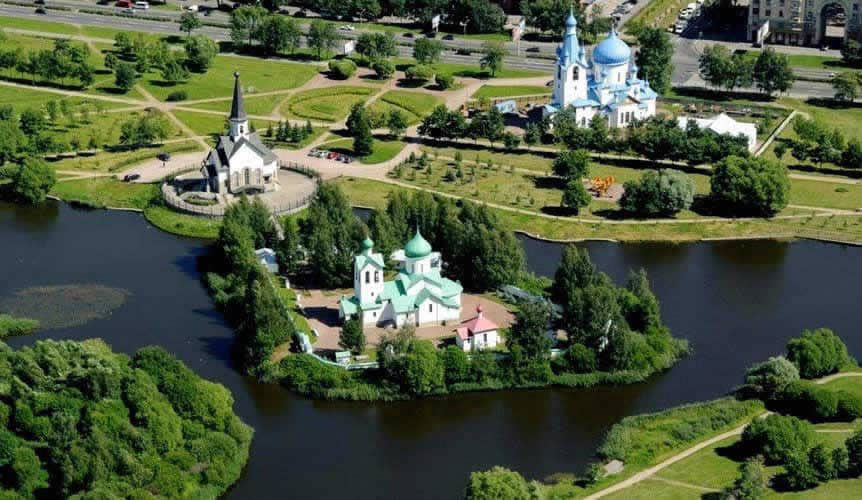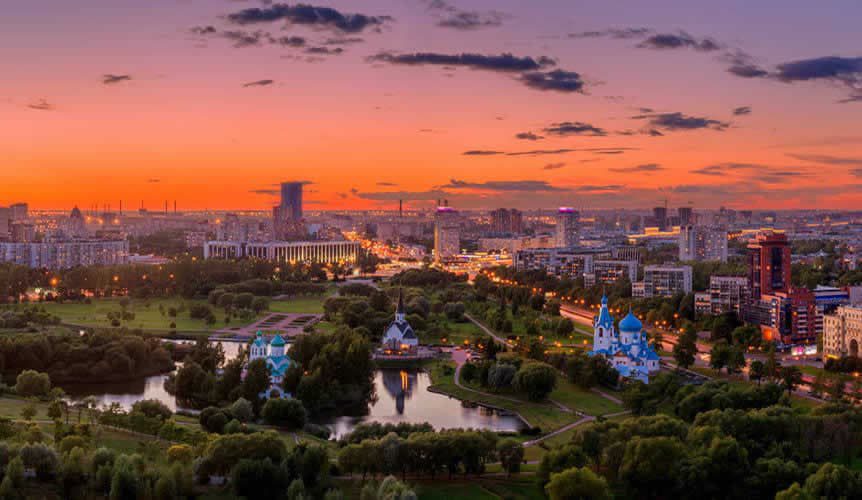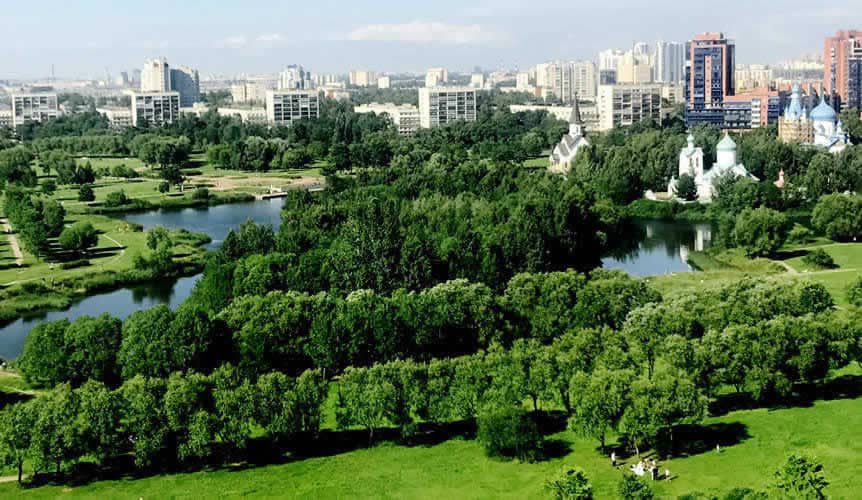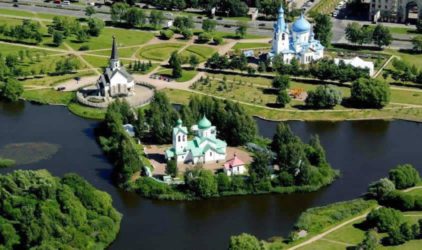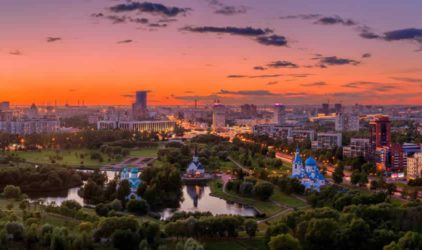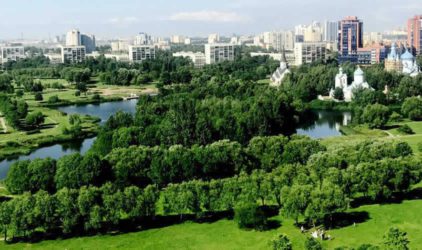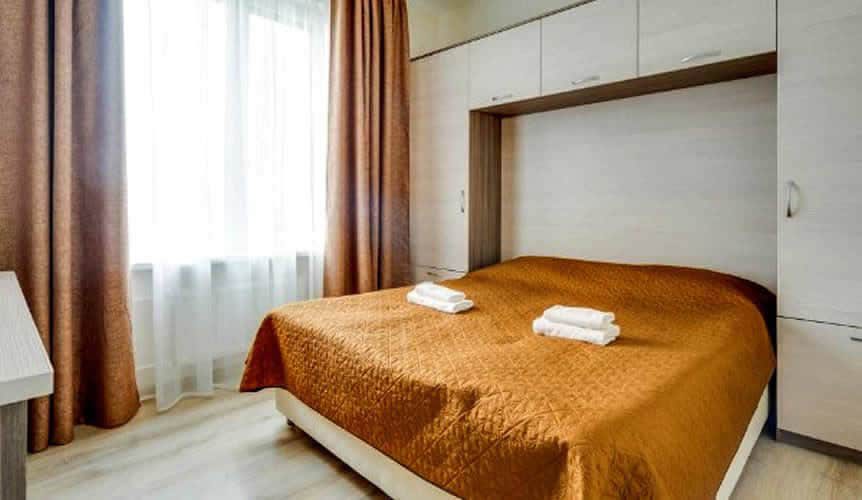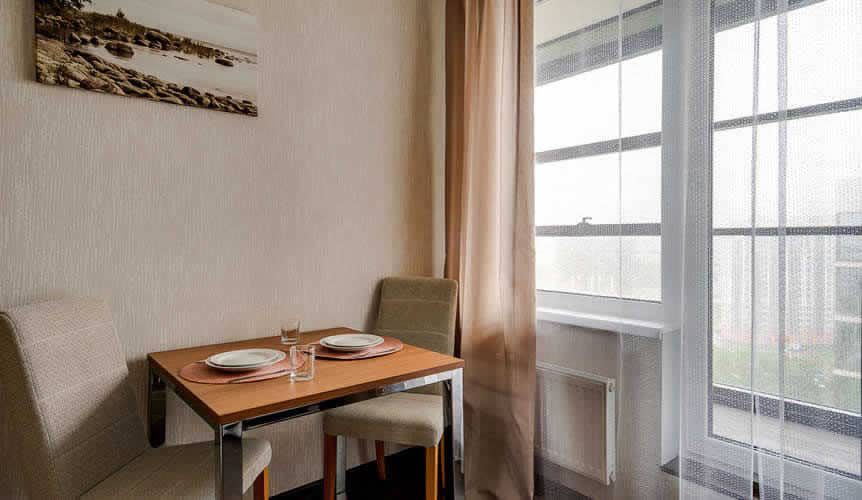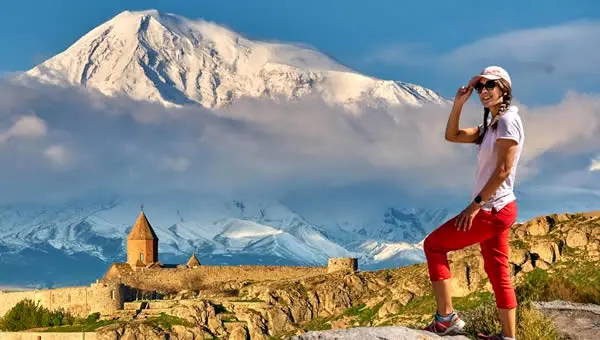Russia is the largest country in the world, occupying an area of about 17.1 million square kilometres. This is more than 11% of the planet’s total land area. The country is located on two continents: Europe and Asia, with most of its territory (about 77%) being in Asia. Moreover, Russia shares borders with 16 countries!
The reason that Russia is the largest country by land area in the world, yet has a relatively small population for such an area, is due to a combination of several factors:
Natural conditions and geography
– Climate: Most of Russia is located in the northern latitudes, where the climate is extremely harsh. This is especially true in Siberia and the Far East. Ice-cold winters, short summers, and low temperatures limit the opportunities for living and farming.
– Land area: Russia covers vast areas, including taiga, tundra, steppes and mountainous regions, which have low population densities due to a lack of livable and developable areas.
Historical development
Russia has historically expanded through the conquest and annexation of vast territories, but this has not always been accompanied by mass settlement. For example, in Siberia and the Far East the Russian population appeared much later, and many of these territories remain sparsely populated
Population in historical context
– Low population in the nineteenth century: Even in the nineteenth century, Russia remained sparsely populated compared to other countries with similar territory. The economy was largely agrarian and most of the population lived in poor villages. Cities and industry developed slowly, which limited population growth.
To turn the rural country into an economic superpower, the Soviet leadership, especially under Joseph Stalin, pushed for quick industrialization. Large-scale industrial initiatives were started, which resulted in the growth of already-existing metropolitan areas and the creation of new ones. People moved from rural regions to cities like Moscow, St. Petersburg, and other industrial hubs in search of work in factories and other industries, which resulted in a huge increase in population.
Social factor
Russia, like many other countries, tends to be urbanised, with most of the population concentrated in large cities such as Moscow and St. Petersburg, while vast areas remain sparsely populated.
Thus, a combination of factors – from natural conditions to historical events – has led to the fact that despite its vast territory, Russia has a relatively small population compared to other large countries.
Read also: Moscow or Saint Petersburg?



